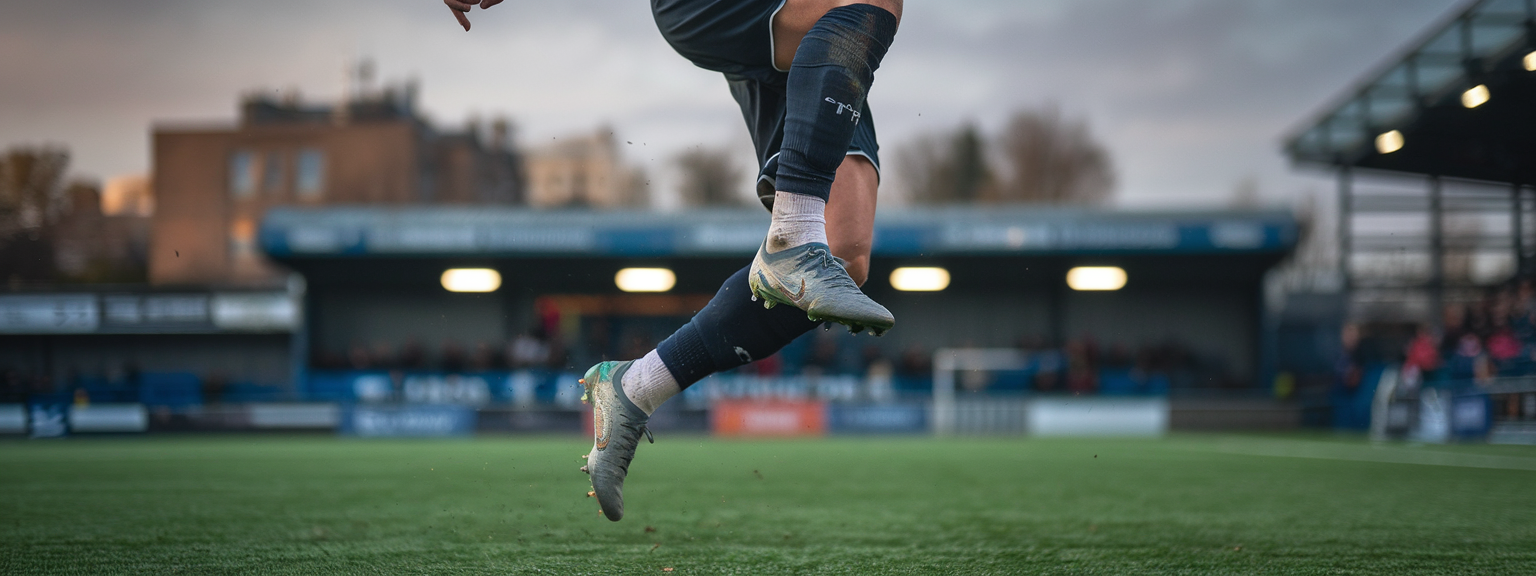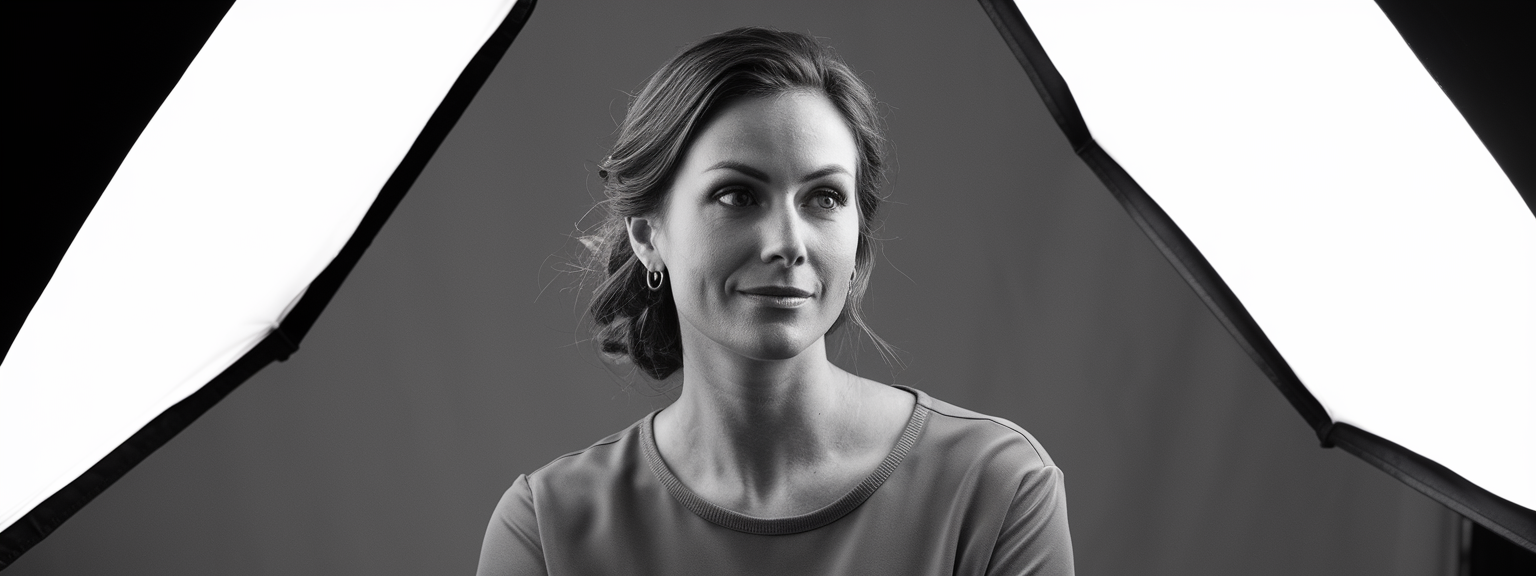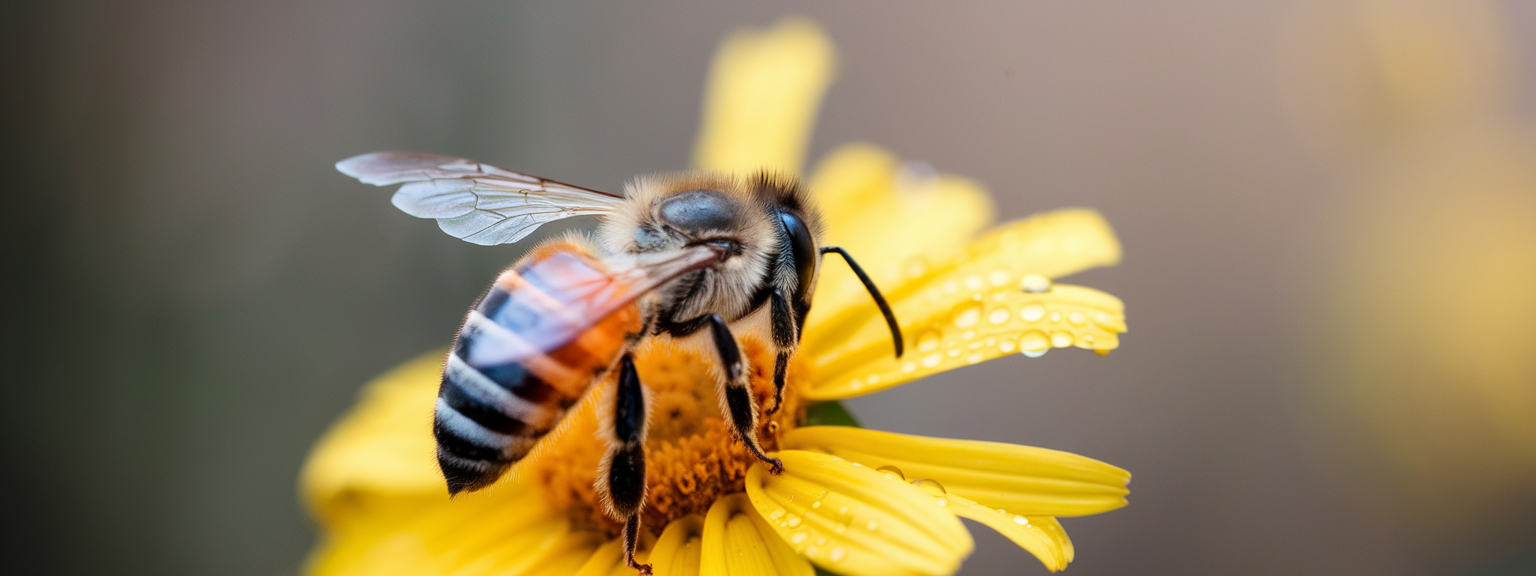Mastering Motion Blur Photography: Capture Stunning Dynamic Images

📝 Step-by-Step Guide: Motion Blur Photography
Understanding the Concept
Motion Blur Photography is a captivating technique that transforms ordinary scenes into dynamic works of art. By intentionally capturing the movement of subjects, photographers can evoke emotion and energy in their images. In addition, understanding the basic theory behind long exposure and panning techniques is essential. This guide will walk you through every step required, ensuring you gain confidence in using your camera settings to capture dynamic photography that truly stands out.
Step 1: Choosing the Right Equipment
To master Motion Blur Photography, you need a camera with manual controls. Most DSLR or mirrorless cameras work best. Therefore, ensure your camera has settings to adjust shutter speed, aperture, and ISO. Moreover, a sturdy tripod can help minimize unwanted shake while you experiment with long exposure. Although dynamic photography often involves handheld techniques, using a tripod for planning and testing camera settings provides a solid starting point.
Step 2: Camera Settings for Action Shots
Begin by setting your camera to manual mode. Experiment with long exposure times, adjusting the shutter speed to between 1/15th and several seconds, depending on the movement speed of your subject. Additionally, panning techniques can be applied by moving the camera in sync with the subject’s movement. This approach helps in emphasizing subject movement while still maintaining a sense of clarity in the context of the scene.
Step 3: Focusing on Subject Movement
Whether you are photographing cars, athletes, or flowing waterfalls, selecting the right subject is crucial. Dynamic photography captures the essence of motion effortlessly when you select your subject carefully. In addition, plan your shot by visualizing both the blur effect on the background and the frozen clarity of the moving subject, which is a hallmark of excellent action shots.
Step 4: Utilizing Panning Techniques
Panning is an advanced technique that requires coordination and practice. Follow your subject smoothly with your camera while keeping the focus intact. As a result, the subject remains relatively sharp while the background blurs, conveying a strong sense of speed. Thus, using dynamic photography in conjunction with panning can yield highly creative and visually engaging images.
Step 5: Practical Adjustments and Experimentation
After setting up the technical aspects, it is time to experiment. Adjust the exposure and aperture gradually while capturing multiple shots. In addition, review the images on your camera’s screen to refine the technique. This trial and error process is a common photographic practice that ultimately leads to mastering the art of Motion Blur Photography. Always note the changes in camera settings and subject movement to understand the direct impact on your final image.
📌 Practical Applications: Motion Blur Photography
Capturing Dynamic Scenes
Motion Blur Photography is not just a creative experiment; it has many practical applications. For example, it is excellent for capturing fast-moving subjects like stormy weather, bustling traffic, or athletes in action. Moreover, by emphasizing dynamic photography and action shots, you can create images that tell a vivid story of the moment. In addition, many photographers use this style to convey the passage of time in a single frame, adding a sense of narrative to their work.
Enhancing Artistic Expression
Artists often leverage Motion Blur Photography to evoke emotions and dramatize movement. For instance, using intentional subject and background blur can create a surreal or dreamlike effect. Therefore, this technique is popular in both commercial photography and fine art photography. Furthermore, it provides an opportunity to experiment with light and shadow, thereby making each image a unique piece of art.
Innovative Marketing and Advertising
Businesses and marketers often use dynamic photography to capture consumer attention. By incorporating Motion Blur Photography in advertisements, companies can portray a sense of energy and movement that resonates with urban and energetic brands. Additionally, the integration of action shots in marketing campaigns often results in higher viewer engagement and a more memorable visual impact.
Combining Indoor and Outdoor Elements
Photographers can creatively blend indoor and outdoor elements to produce compelling images that underscore subject movement. For example, photographing dancers in a studio with controlled lighting can produce dramatic action shots. Moreover, outdoor events such as marathons and street festivals provide ample opportunities for dynamic photography powered by motion blur. In essence, Motion Blur Photography allows you to capture both planned events and spontaneous actions with finesse.
💡 Tips & Tricks: Motion Blur Photography
Choosing the Best Time of Day
Lighting plays a crucial role in any type of photography. In Motion Blur Photography, softer natural light during early morning or late afternoon can enhance your dynamic photography and create a pleasing effect on both the moving subject and the background. Therefore, schedule your shoots during these hours to utilize the warm tones and extended shadows which help in emphasizing motion.
Experiment with Shutter Speed and ISO
Adjusting your shutter speed is key when capturing motion blur. Generally, longer shutter speeds allow more light and movement to be recorded. However, if you increase the ISO too high, you may introduce unwanted noise into your image. Consequently, understanding your camera settings is vital. Therefore, experiment with different settings until you strike the right balance for action shots and dynamic photography.
Practice Panning Techniques
Panning is perhaps the most important technique in Motion Blur Photography. To do this effectively, track your subject smoothly and steadily. In addition, practice on subjects moving at various speeds. As you get comfortable, gradually increase the complexity of your shots. This method helps refine your skills and significantly improves your results with long exposure photography.
Optimizing Your Camera Settings
Always check and adjust your camera settings before taking any shots. A small tweak in the aperture or ISO can make a big difference in capturing finely-tuned motion blur. In addition, remember that dynamic photography often requires that you quickly adapt to new lighting conditions. Therefore, regular practice helps in maintaining your photography skills and ensuring that each action shot is captured with precision.
📸 Sample Scenario
A Day in the Life of a Sports Photographer
Imagine you are photographing a local soccer match. The players sprint across the field, and you want to capture both the intense movement and the resulting blur that conveys speed. In this briefing, you decide to use Motion Blur Photography as your main style. First, you select a moderate shutter speed that captures the players in dynamic action. Next, you pan the camera along with the ball and key players so that the background remains mildly blurred while the subject is in focus. As a result, the final image resonates with energy, combining action shots and smooth panning techniques.
Applying Long Exposure Outdoors
In another instance, consider slow-moving water in a scenic river. You set your camera on a tripod and use long exposure to capture the serene flow of water. This is an excellent example of how Motion Blur Photography can be used creatively even in nature photography. By capturing this natural movement, you emphasize the continuous flow of water while preserving the sharp details of surrounding landscapes. Hence, with proper camera settings and ideal conditions, both dynamic photography and long exposure techniques produce compelling images.
✅ Key Do’s for Effective Usage
Plan Ahead and Scout Your Location
A successful Motion Blur Photography session begins with thorough planning. Therefore, scout the location in advance to determine the best angles and lighting conditions. Using additional photography techniques like panning can be highly effective when the setting is optimal. In addition, consider the time of day as well as environmental factors that might impact subject movement.
Experiment with Multiple Angles
Dynamic photography thrives on variety. Hence, take multiple shots from different angles and perspectives. In doing so, you will find the ideal balance between dynamic action shots and still details.
Maintain Steady Camera Handling
When panning with fast-moving subjects, ensure your grip is firm and steady. This practice prevents unwanted camera shake and helps maintain clarity. Moreover, it helps you focus on adjusting settings while keeping the subject locked in focus.
❌ Common Mistakes to Avoid
Overusing High ISO Levels
A common error in Motion Blur Photography is setting the ISO too high. While a high ISO can help brighten a shot, it may also lead to excessive noise. Therefore, keep your ISO as low as possible during long exposures, unless absolutely necessary. In addition, this avoids disrupting the subtle gradations of motion and detail in your images.
Neglecting the Subject Focus
While capturing the blur effect, it is crucial not to lose the focus on the subject. Often, photographers focus entirely on the dynamic background and consequently miss the crisp moments that define the story. Moreover, avoid experimenting in poor lighting conditions without a solid plan, as this can further compromise subject details.
Improper Use of Panning Techniques
Another mistake is a poorly executed panning technique. When the camera pans too quickly or too slowly relative to the subject’s speed, the intended effect can be distorted. Therefore, practice various speeds and find the sweet spot that successfully combines both dynamic photography and crisp subject capture.
🔄 Troubleshooting & FAQs
What shutter speed works best for Motion Blur Photography?
The optimal shutter speed depends on your subject’s speed and the desired blur effect. Generally, you might start with speeds ranging from 1/15th of a second to several seconds. However, experimentation is key, so keep adjusting until you achieve the desired dynamic photography effect.
How do I avoid camera shake?
Using a tripod is highly recommended, particularly when employing long exposure techniques. In addition, practice smooth panning techniques and use a remote shutter release if available. These methods help maintain a steady hold, ensuring the desired action shot remains dynamic and clear.
Can I use Motion Blur Photography in low light?
Yes, you can, but be cautious about increasing the ISO too much. In low light, consider pairing longer shutter speeds with an appropriate aperture setting to capture effective motion blur without introducing too much noise. Additionally, supplemental lighting may also enhance the clarity of subject movement.
Do I need expensive equipment to capture great motion blur?
Not necessarily. While professional cameras offer more control, many entry-level DSLRs or mirrorless cameras provide adequate settings for dynamic photography. In addition, by practicing panning techniques and experimenting with different settings, you can achieve impressive action shots without high-end gear.
🖼️ Bringing It All Together
Summarizing the Essentials
Motion Blur Photography is a versatile technique that opens up a world of creative potential. By understanding proper camera settings, mastering panning techniques, and practicing dynamic photography under a variety of conditions, you can truly capture stunning action shots and long exposure images. In addition, incorporating elements like subject movement and artistic flair will enhance the overall impact of your photographs.
By continually refining your techniques and learning from each shoot, you can transform ordinary moments into mesmerizing works of art. Remember that every image is an opportunity to experiment, improve, and ultimately capture the beauty of continuous movement. Embrace the fluid dynamics of motion, and let your camera tell the story of life in motion with expertise and emotion.

![[Stunning Images Editing Workflow] [Photographer editing a vibrant landscape on a monitor, demonstrating techniques for stunning images]](https://lenslesson.com/wp-content/uploads/2025/12/advanced-stunning-images-editing-workflow.png)
![[sports-photography-action-shot] [Photographer using a telephoto lens to capture a fast break at a basketball game — Sports Photography]](https://lenslesson.com/wp-content/uploads/2025/12/sports-photography-action-shot-telephoto-basketball.png)
![[Travel photography sunrise capture] [Photographer capturing sunrise landscape during a travel photography trip with a mirrorless camera]](https://lenslesson.com/wp-content/uploads/2025/12/travel-photography-sunrise-shot-essentials.png)
![[Photo Tips Sharper Shots] [Close-up of a photographer adjusting camera settings - Photo Tips for sharper shots]](https://lenslesson.com/wp-content/uploads/2025/12/photo-tips-better-photos-smartphone-composition.png)
![[Urban Street Photography Moment] [Photographer capturing a candid moment on a busy city sidewalk — street photography scene]](https://lenslesson.com/wp-content/uploads/2025/12/street-photography-candid-urban-moment.png)



